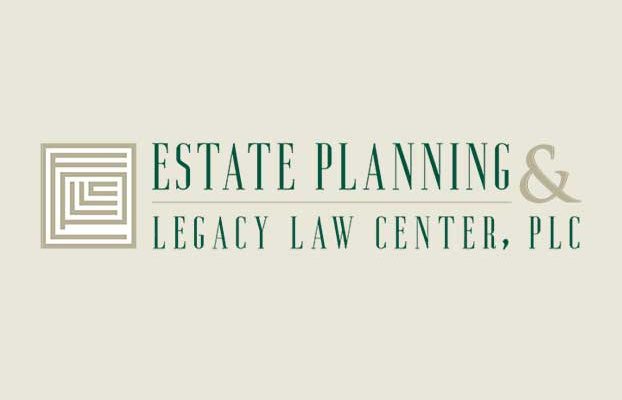

The best time to share your family history with loved ones is right now, before the memories are forgotten. The coming holiday season is a great opportunity to reminisce because you’ll probably have your loved ones nearby.
While you can always pull aside children and grandchildren for a chat about family history, did you know you may also be able to use a personal property memorandum in your estate plan to pass along special memories and stories about specific items that are meaningful to you and connect your family with the past?
What Is a Personal Property Memorandum?
Many states allow you to include a “personal property memorandum” in your estate plan. This supplemental document, specifically referenced in your will or your living trust, lets you describe which personal property items you wish to leave to heirs, without having to call your lawyer and arrange for a meeting. You can handwrite or type this document, but it must be signed and dated to be valid. In conjunction with a will or living trust, a personal property memorandum can provide a roadmap for your executor regarding the distribution of specified items to your beneficiaries.
One important feature of a personal property memorandum is that you can change or update it whenever you like without the assistance of an attorney or notary. This freedom can be beneficial to you, because although you can also change your will as often as you like (and you absolutely should update it periodically to make sure it still reflects your wishes!), updating your will or living trust does require a visit to the estate planner’s office.
Another great reason to have a personal property memorandum in addition to your will and living trust is that your personal possessions likely change more frequently than other assets. For example, you probably add items to your closet more often than you add vehicles to your driveway.
